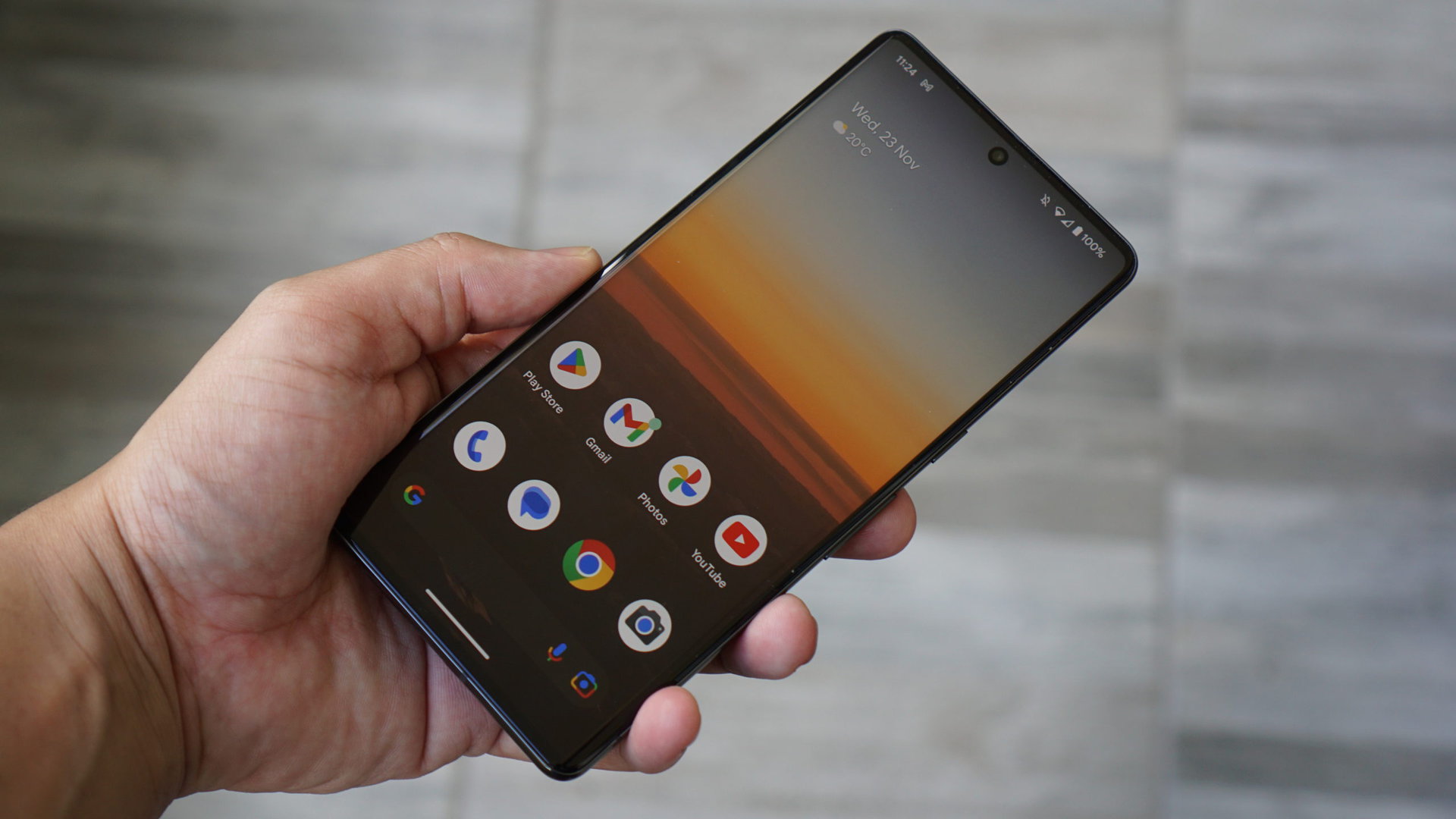
Introduction to Android HD
Advancements in display quality, processing power, and user experience have significantly enhanced our digital lives. One such innovation is Android HD, which promises to boost your device's display quality, optimize battery usage, and support smoother gaming experiences. This comprehensive guide covers everything you need to know about Android HD, from its key features and requirements to effective usage tips.
Importance of Screen Resolution
Screen resolution is a critical aspect of any display technology. Higher resolutions mean more pixels are used to display the same amount of content, resulting in sharper and more detailed images. For Android HD, a minimum resolution of 1280×720 pixels is required for proper display. Older devices with lower resolutions may not be compatible with the latest HD features.
Key Features of Android HD
Display Quality
Android HD significantly enhances display quality by:
- Sharpening Images and Videos: Ensures that images and videos look sharper and more detailed, making them more enjoyable to view.
- Vibrant Colors: Colors appear more vibrant and true-to-life, adding to the overall visual appeal.
- Improved Clarity: Text becomes easier to read with improved clarity, making it ideal for reading articles or browsing the web.
- Optimized Battery Usage: Despite enhancing display quality, Android HD optimizes battery usage to ensure high-quality visuals without draining the battery too quickly.
Gaming Support
Android HD also supports gaming by:
- Smoothing Graphics: Provides smoother graphics, reducing lag and making games more enjoyable to play.
- Reducing Lag: By optimizing graphics processing, Android HD reduces lag, ensuring a seamless gaming experience.
Automatic Settings Adjustment
One of the most impressive features of Android HD is its ability to adjust settings automatically based on content type. Whether watching a movie or reading an article, the feature ensures the best viewing experience possible. For instance, if watching a movie, the display settings will be optimized for cinematic viewing, while reading an article will result in settings that enhance readability.
Compatibility and Requirements
To check if your device supports Android HD, ensure it meets these requirements:
Operating System
Your device must run Android 8.0 (Oreo) or later. Older versions of the operating system won't support HD features, so having the latest software update installed is essential.
Processor
A quad-core processor or better is necessary for smooth performance with HD content. Dual-core processors might struggle with HD content, so checking your device's processor specifications before upgrading is crucial.
RAM
At least 2GB of RAM is required for smooth performance. More RAM ensures even smoother performance, making it ideal for multitasking and running multiple apps simultaneously.
Display
Your screen should support a minimum resolution of 1280×720 pixels. Lower resolutions won't display HD content properly, so ensure your device meets this criterion.
Storage
Ensure you have at least 4GB of free internal storage. HD content can take up significant space, so having ample storage is crucial for storing your favorite movies and TV shows.
Graphics
A GPU capable of handling HD graphics is essential. Check your device's specs for compatibility with HD graphics processing units (GPUs).
Battery
A 3000mAh battery or larger is recommended. HD content can drain smaller batteries quickly, so having a larger battery ensures that you can enjoy your content without worrying about running out of power.
Internet Connection
A stable Wi-Fi connection with at least 5 Mbps speed is necessary for streaming HD content without buffering. This ensures uninterrupted streaming of your favorite shows and movies.
HDMI Output
If planning to connect to a TV, ensure your device has an HDMI output or supports screen mirroring. This allows enjoying content on a larger screen without compromising on quality.
How to Set Up Android HD
Setting up Android HD is relatively straightforward:
- Power on your Android device.
- Connect to a Wi-Fi network.
- Sign in with your Google account.
- Open the Play Store.
- Search for "HD Widgets."
- Install the app.
- Launch HD Widgets.
- Grant permissions if prompted.
- Select a widget style.
- Customize the widget settings.
- Press and hold on your home screen.
- Choose "Widgets."
- Find HD Widgets.
- Drag the widget to your home screen.
- Adjust the widget size if needed.
- Tap the widget to access settings.
- Save your changes.
- Enjoy your new HD widget!
Effective Usage Tips
To get the most out of Android HD, follow these effective usage tips:
Maximize Battery Life
- Dim Screen Brightness: Dimming the screen brightness can significantly extend battery life.
- Turn Off Background Apps: Turning off background apps can also help conserve battery power.
Use Widgets
- Quick Access: Use widgets to access important information quickly without opening apps.
Organize Apps
- Clean Home Screen: Organize apps into folders for a cleaner home screen, making it easier to find what you need.
Enable Dark Mode
- Reduce Eye Strain: Enable dark mode to reduce eye strain and save battery life.
Use Voice Command
- Convenience: Use voice command features like Google Assistant or Bixby to perform tasks without manually interacting with your device.
Regular Updates
- Stay Updated: Regularly update your device's software to ensure you have the latest features and security patches.
Content Selection
- Choose Quality Content: Select high-quality content optimized for HD displays to get the best viewing experience.
Final Thoughts
Android HD is a powerful feature that enhances your device's display quality, optimizes battery usage, and supports smoother gaming experiences. By understanding its key features, compatibility requirements, and effective usage tips, you can truly enhance your digital experience. Whether watching movies, playing games, or simply browsing the web, Android HD ensures every moment is enjoyable and efficient. Staying updated with the latest trends ensures getting the most out of your devices.
